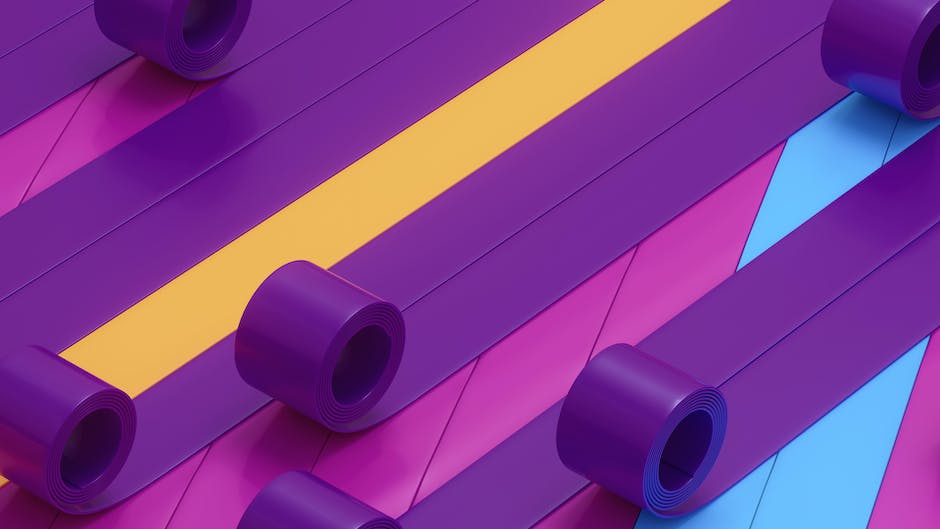In the era of digital media and entertainment, the role of animation has become more significant than ever. It breathes life into static images and characters, making them interact in a dynamic visual environment. This is where the ‘animation designer’ steps in. They are the creative minds behind these captivating visuals, and their tasks and skills are as diverse as the animations they create.

Understanding Animation Designing
Animation designing is an art form where images or objects are manipulated to appear as moving images. This could be done in various forms, such as 2D, 3D, or stop motion animation.
The 2D animation involves creating movement in a two-dimensional artistic space. 3D animation, on the other hand, creates an illusion of depth, making the characters and objects appear more realistic. Stop motion animation is a technique where objects are physically manipulated in small increments between individually photographed frames so they will appear to exhibit independent motion when the series of frames is played as a sequence.
These diverse types of animation designs find applications in various industries. In films and gaming, they bring characters to life. In marketing, they are used to create engaging advertisements and explainer videos.
The Role of an Animation Designer
The primary responsibility of an animation designer is to design and create animated sequences. They work on the initial concept, storyboard, and finally, the animation. A key part of their role involves understanding the project’s requirements and translating them into engaging animations.
Animation designers are an integral part of the broader team working on a project. They collaborate with other designers, illustrators, and technical staff to ensure the animation aligns with the project’s overall vision. They also work closely with the team during the post-production process to make necessary edits and improvements.
Key Skills and Tools for an Animation Designer
Have you ever wondered what skills an animation designer needs to create the mesmerizing visuals we see in films, games, and advertisements? Animation design is an intricate blend of artistic talent and technical prowess. Therefore, both artistic and technical skills play a significant role in an animation designer’s career.
Let’s begin by exploring the artistic skills required in this field.
Artistic Skills
Animation is essentially a form of visual storytelling. Therefore, the ability to draw and create compelling visuals is fundamental to an animation designer’s job. They need to have a strong understanding of color, texture, and light to bring their designs to life. But is drawing everything? Of course not!
Animation designers also need a high level of creativity. They are often tasked with creating unique characters, environments, and scenes that captivate the audience’s imagination. This creativity extends to visual storytelling as well. Animation designers need to understand how to convey emotions and narrative through their designs effectively.
Moreover, an understanding of the principles of animation, such as timing, squash and stretch, and anticipation, is crucial. These principles help designers create animations that feel natural and engaging.
Technical Skills
While artistic skills lay the foundation for animation design, technical skills bring those designs to life. Animation designers need to be proficient in multiple software tools used in the industry. Some of the most popular ones include Adobe Creative Suite, Maya, and Blender.
Adobe Creative Suite is a collection of software used for graphic design, video editing, and web development. It includes popular programs like Photoshop, Illustrator, and After Effects, which are commonly used in animation design.
Maya and Blender, on the other hand, are 3D animation software. These tools allow designers to create, render, and animate 3D models. They are incredibly powerful and versatile, making them essential tools for any animation designer.
Steps to Becoming an Animation Designer
Now that we have a better understanding of the skills required, let’s look at the steps you can take to become an animation designer.
First, it’s important to get a solid education in art and design. Many animation designers have a bachelor’s degree in animation, graphic design, or a related field. This education provides a strong foundation in the principles of design and animation.
However, formal education isn’t the only path. Many successful animation designers are self-taught. They have honed their skills through online courses, tutorials, and lots of practice. If you’re interested in this route, there are plenty of resources available online to help you get started.
Finally, gaining practical experience is crucial. This can be achieved through internships, part-time jobs, or even personal projects. The goal is to apply the skills you’ve learned in a real-world context. Additionally, this experience can help you build a portfolio, which is an essential tool when applying for jobs in the animation industry.
The Career Path of an Animation Designer
Have you ever wondered about the different career opportunities available for animation designers beyond their initial role? Animation design is a vast field with numerous areas for specialization. As an animation designer, you are not just limited to one aspect of the industry.
One of the most exciting aspects of being an animation designer is the potential for career advancement and specialization. Depending on your interests and skills, you could focus on character design, where your primary responsibility would be to bring characters to life with your creativity and technical skills. You could also venture into environmental design, where you would be responsible for creating the setting and world in which the characters exist.
Another potential career path could be animation direction. In this role, you would oversee the entire animation process, from conceptualization to final product. This role requires not only technical and artistic skills but also strong leadership and project management abilities.
Remember, the field of animation design is continually evolving, with new specializations emerging as technology advances. Therefore, it’s essential to stay current with industry trends and continually enhance your skills and knowledge.
Salary and Job Outlook for Animation Designers
Now let’s talk about the financial aspect. What can you expect in terms of salary and job outlook as an animation designer? The answer to this question can vary depending on several factors such as your experience level, area of specialization, and geographical location.
According to the U.S Bureau of Labor Statistics, the median annual wage for multimedia artists and animators was $75,270 in May 2019. The lowest 10 percent earned less than $40,870, and the highest 10 percent earned more than $124,310.
It’s also important to note that the job outlook for animation designers is quite promising. The Bureau of Labor Statistics projects that employment of multimedia artists and animators will grow 4 percent from 2018 to 2028. This growth is primarily driven by increased demand for animation and visual effects in video games, movies, and television.
However, competition for these jobs is expected to be strong because many talented individuals are attracted to this profession. Therefore, continually improving your skills and staying on top of industry trends is crucial for success in this field.

Challenges Faced by Animation Designers
Animation designers, like any other professionals, face a number of challenges in their line of work. One of the most common issues they encounter is the pressure of tight deadlines. In the fast-paced world of digital media, projects often need to be completed quickly, and this can put a great deal of stress on the designer.
Another challenge is the constant need for creativity. As an animation designer, you are required to come up with unique and engaging designs on a regular basis. This can be exhausting, and sometimes, creative blocks are inevitable. How can you maintain your creativity under such pressure? This is a question that many animation designers grapple with.
Furthermore, staying up-to-date with new tools and technologies is a must in this field. As technology advances, new tools and software are developed that can make the design process more efficient and allow for more complex designs. However, learning to use these new tools can be time-consuming and requires a commitment to continuous learning.
Tips for Aspiring Animation Designers
Are you considering a career in animation design? Here are some practical tips to help you navigate this exciting field.
Firstly, practice is key. The more you practice your drawing and design skills, the better you will become. Try to set aside some time each day to draw or design. This doesn’t have to be a large chunk of time – even 15 minutes a day can make a difference over time.
Secondly, commit to lifelong learning. As mentioned earlier, new tools and technologies are constantly being developed in the field of animation design. Make it a habit to learn about these new developments and to update your skills regularly. This will not only make you a more competent designer, but it will also make your job more interesting and fulfilling.
Lastly, start building a portfolio as early as possible. Your portfolio is your ticket to landing jobs and opportunities in the field of animation design. Include in your portfolio the projects that you are most proud of, and those that showcase your range of skills and creativity.
Remember, every expert was once a beginner. Keep practicing, keep learning, and keep creating. Your hard work will pay off in the end!
